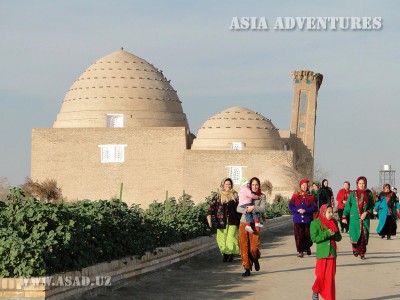
Kunya-Urgench ("old Urgench") is architectural preserve and lies in 480 km to the north of Ashkhabad. This is an ancient capital of north Khorezm and was mentioned in Chinese scriptures already in I c. A.D. In the middle of VIII c. it falls under the authority of Arabs. In 995 y. Gurgandj (it obtained this name after Arab invasion) became the residence of Khorezm Shah and became the second largest city after Bukhara - the capital of Samanids’ empire.
Being the large cultural and commercial center in middle ages, it gave shelter to Avicenna (Abu-Ali-ibn-Sino), Al-Beruni, Ibn-Battuta and to other well-known scientists of that time. In 1221 y. the city being the "heart of Islam" rebelled against Genghis Kahn and it was destroyed by Mongols. In 1388 y. having restored its might after defeat, Kunya-Urgench was destroyed again by Mongol troops. This time Timur made this, because he considered city as competitor to Samarqand. After this event Urgench faded for long years. In 1831y. people again came here to build the Khan-Ayub irrigating channel. Many great monuments of Kunya-Urgench survived till present days but in strongly destroyed condition. The main sights of Kunya-Urgench are: the mausoleum of Nadjmetdin-Kubra - the founder of "Kubra" Sufi sect (XII-XIII c.c.), the mausoleum of Mongol princess Torebeg-Khanum (Turabek-Khanum (XII-XIV c.c.), Mamun minaret (X-XI c.c.), Kutlug-Timur minaret (XII-XIV c.c., 67 m) - the highest minaret in Central Asia, Kyrk-Mollah mausoleum (II c. B.C. - III c. A.D.), Ibn-Khadjib madrassah (XIV-XVI c.c.), Arslan mausoleum – the oldest building in the city (approximately XI c.), Fakhr-ad-Din-Razi mausoleum (XIII c.), mausoleums of Azizan-al-Ramatani (XIII-XIV c.c.), Sayed-Ahmed (XII-XIV c.c.), Piryarveli (XIV-XVII c.c.), Guligerdan (XII c.), Khorezimbag (XIII-XVIII c.c.), Dashgala (XIV-XVI c.c.), Matkarim-Ishan (XIX-XX c.c.), Sultan Ali (1580 y), Tekesh-Khorezmshakh (XIII c.) with the minaret (XIV c.), Dashmedjet (1903-1908 y.y.) and Ak-Kala (I-XIII c.c.) fortress.

 Centralasia Adventures
+998712544100
Centralasia Adventures
+998712544100




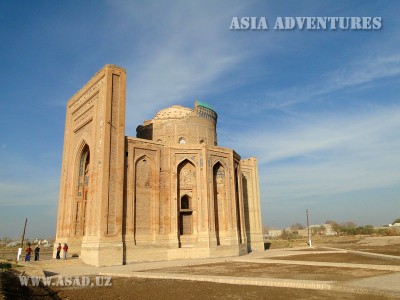

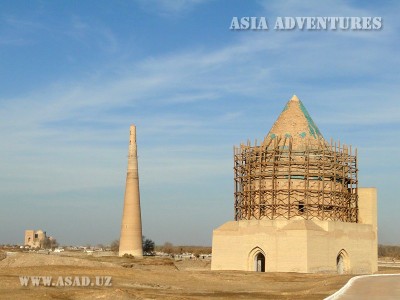
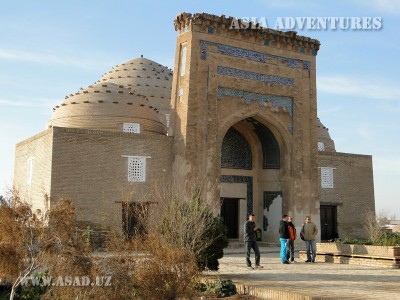
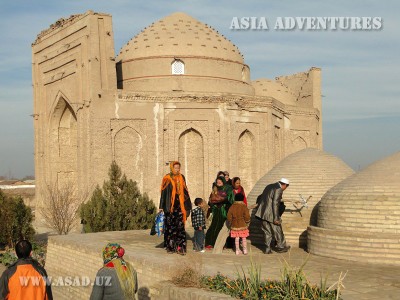
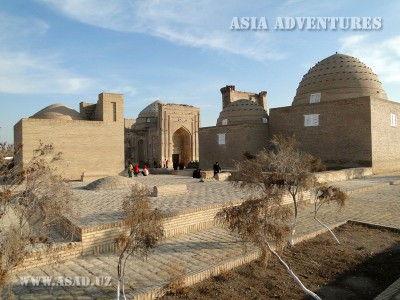
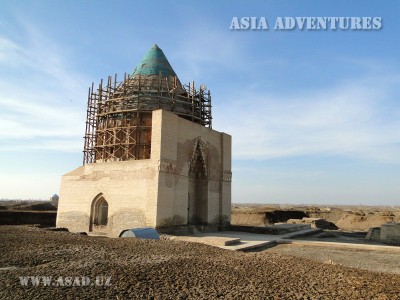

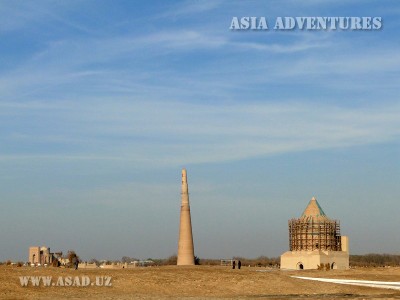
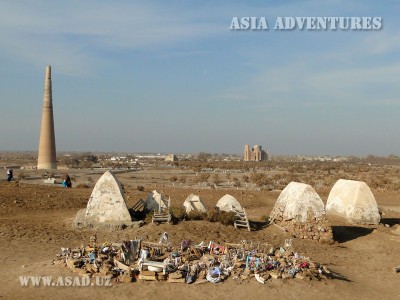
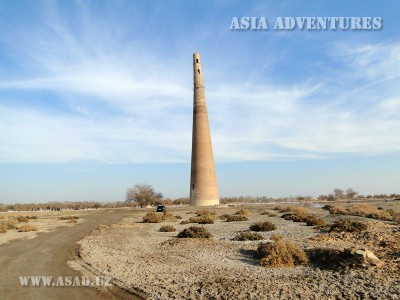
 Posted by
Posted by

